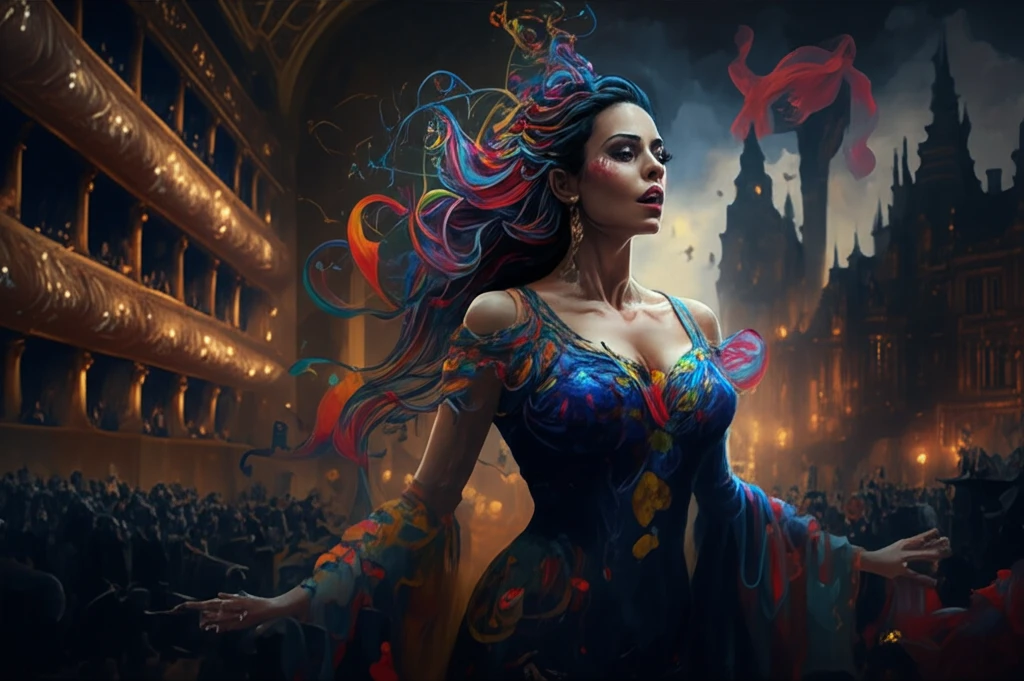
Opera's Evolution: How 'Aria' Reinventions Reflect Cultural Shifts
"Explore how opera arias have been redefined and reshaped over time, mirroring broader trends in society, culture, and the arts."
Opera, an art form steeped in tradition, has continuously evolved, adapting to changing societal norms and artistic sensibilities. At the heart of opera lies the aria, a solo vocal piece that has served as a powerful means of expression and a focal point for both composers and performers. Yet, the very definition and function of the aria have been subjects of ongoing debate and reinvention.
The traditional understanding of the aria as a distinct, self-contained piece within an opera is constantly challenged. Boundaries blur as arias incorporate diverse musical styles, instrumentation, and theatrical elements. This evolution reflects broader trends in the arts, where interdisciplinary approaches and experimentation are increasingly common.
This article explores how the reinvention of opera arias mirrors cultural shifts, challenging traditional boundaries and reflecting modern artistic expressions. By examining the changing role and definition of the aria, we gain insights into the dynamic relationship between opera and the wider world.
Redefining the Aria: A Reflection of Societal Changes

The term 'aria,' traditionally signifying a solo vocal piece with instrumental accompaniment in an opera, has undergone significant transformations. Originally conceived as a vehicle for showcasing vocal virtuosity and expressing heightened emotions, the aria's function has expanded to encompass a wider range of expressive possibilities.
- Experimentation with musical styles and forms.
- Incorporation of diverse cultural influences.
- Relevance to contemporary audiences by mirroring current social issues.
Aria's enduring relevance
As opera continues to evolve, the aria remains a vital and dynamic element of the art form. Its reinvention reflects the ever-changing nature of society and culture, ensuring that opera remains relevant and engaging for audiences today and for generations to come. The ongoing exploration of the aria's expressive possibilities promises to yield even more exciting and innovative musical experiences in the future.
